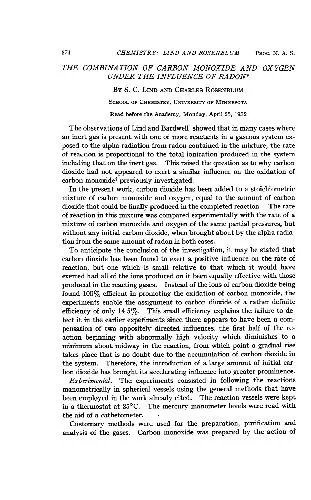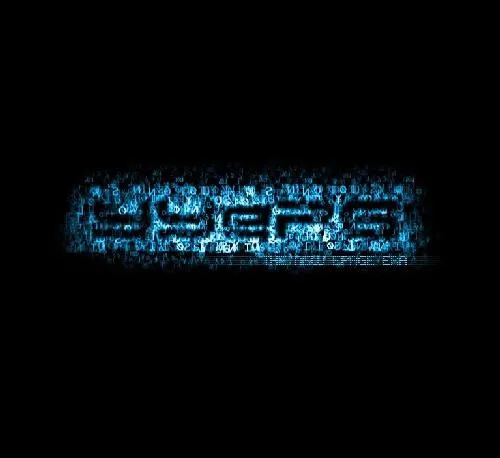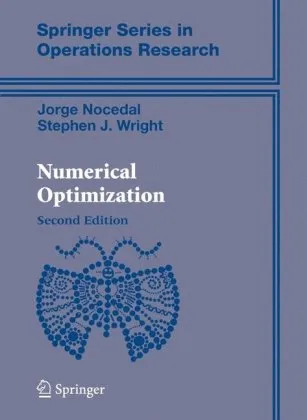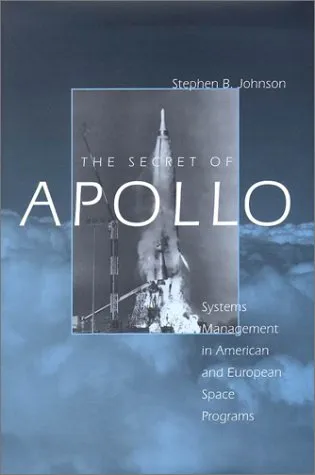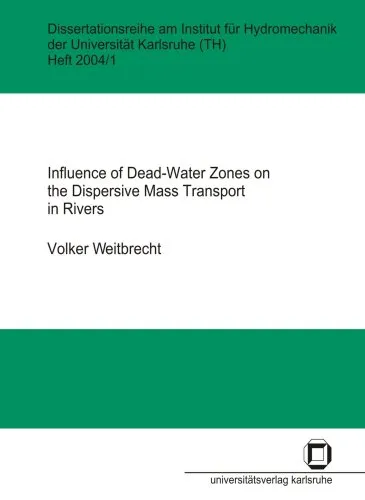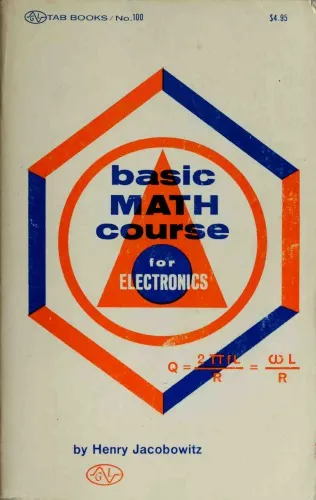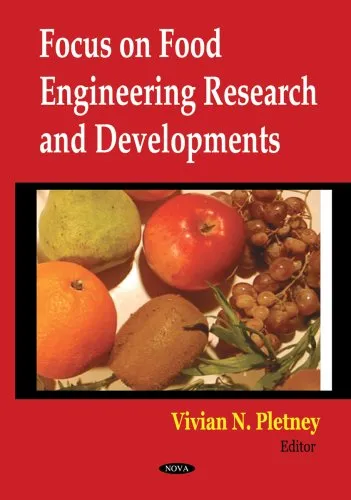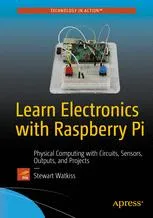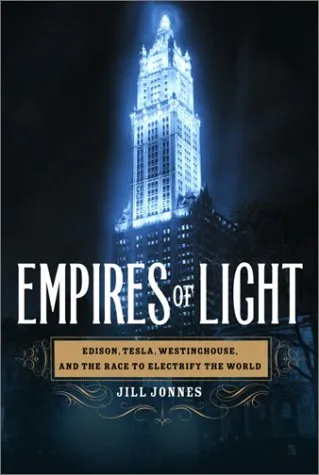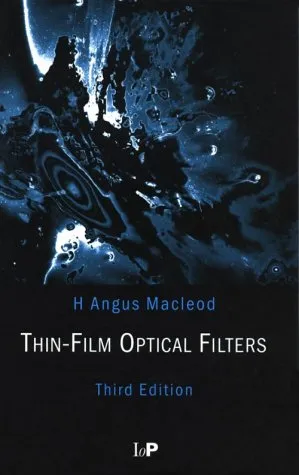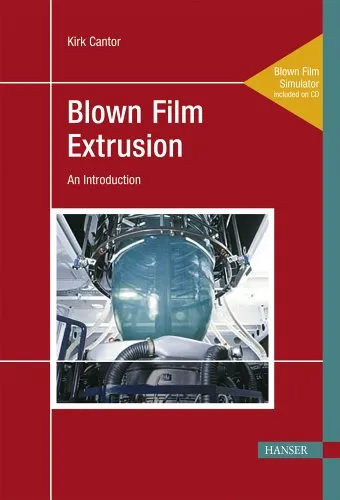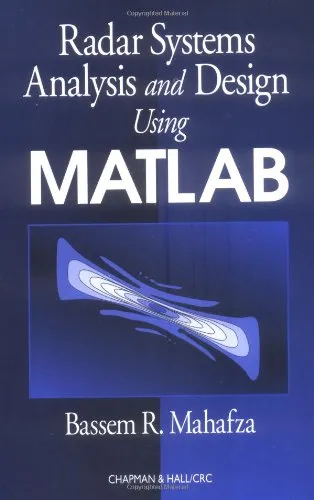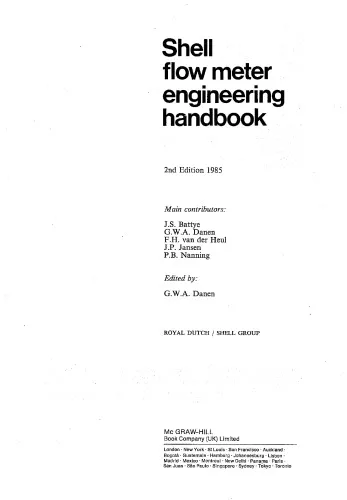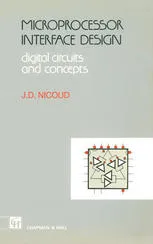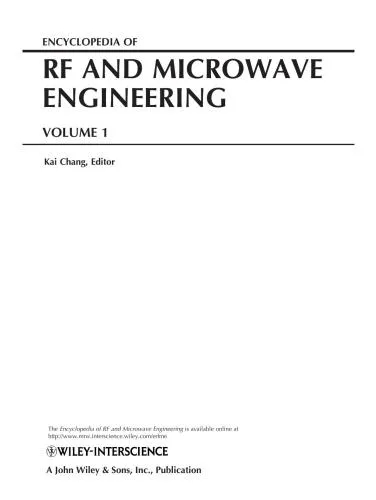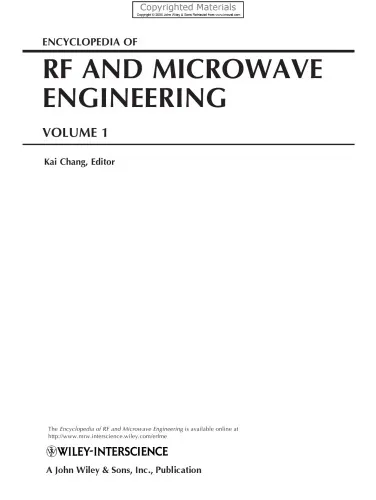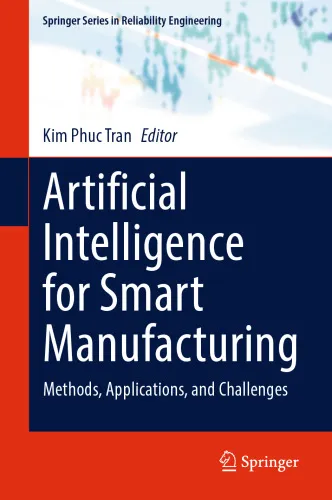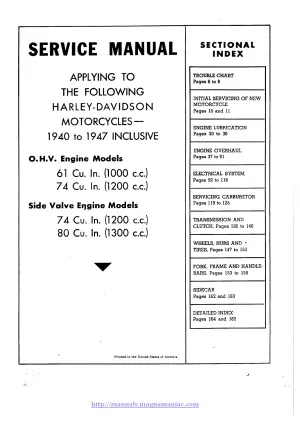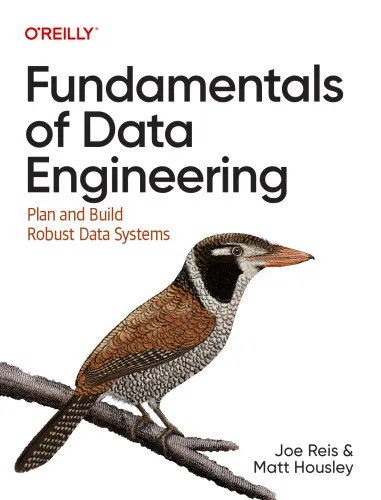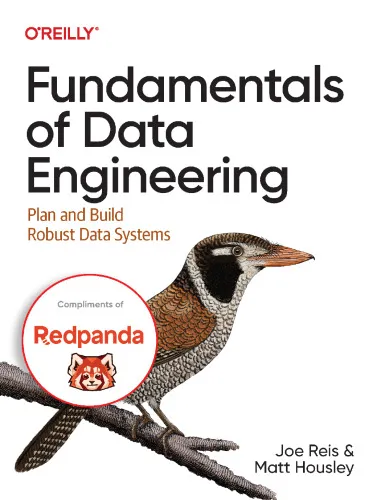The Combination of Carbon Monoxide and Oxygen under the Influence of Radon
5.0
بر اساس نظر کاربران

شما میتونید سوالاتتون در باره کتاب رو از هوش مصنوعیش بعد از ورود بپرسید
هر دانلود یا پرسش از هوش مصنوعی 2 امتیاز لازم دارد، برای بدست آوردن امتیاز رایگان، به صفحه ی راهنمای امتیازات سر بزنید و یک سری کار ارزشمند انجام بدینکتاب های مرتبط:
خلاصهای جامع از کتاب
کتاب "The Combination of Carbon Monoxide and Oxygen under the Influence of Radon" اثری است نوآورانه در زمینه شیمی فیزیک که به بررسی واکنشهای پیچیده گازهای Carbon Monoxide و Oxygen تحت تأثیر Radon میپردازد. نویسندگان، Lind S. C. و Rosenblum C.، با ارائهٔ دادههای آزمایشگاهی و نظریات جدید به تحلیل فرآیندهای شیمیایی و تعاملات مولکولی میپردازند که مشخصه تأثیر این گازهای نادر و خطرناک در شرایط مختلف محیطی است.
نکات کلیدی
- تکنیکهای نوین تحلیل واکنشهای شیمیایی
- بررسی تخصصی تعاملات مولکولی در حضور Radon
- استفاده از دادههای آزمایشگاهی برای ارائه رویکردهای جدید
- تأثیرات بیولوژیکی و محیطی واکنشهای مطرحشده
نقلقولهای مشهور از کتاب
"ترکیب گازهای سمی همچون Carbon Monoxide و Oxygen تحت تأثیر Radon، نه تنها پرده از مکانیسمهای ناشناخته برمیدارد بلکه نشاندهندهی تأثیرات عمیق تجمعی در محیطهای بسته است."
چرا این کتاب حائز اهمیت است؟
اهمیت این کتاب به وضوح در پیچیدگی و اهمیت موضوعاتی است که بررسی میکند. با توجه به کاربرد گستردهٔ Industrial gases در صنایع و محیطزیست، درک بهتر از واکنشهای ناشی از حضور رادیواکتیوها مانند Radon میتواند در توسعه فناوریهای جدید و روشهای پیشگیری از آلودگی گامهای بزرگی را بردارد. این کتاب به متخصصین شیمی، دانشجویان و محققان در این زمینه اطلاعات ارزشمندی ارائه میدهد که میتوانند برای تحقیقات بیشتر و بهبود صنایع استفاده شوند.
Introduction
The groundbreaking book, "The Combination of Carbon Monoxide and Oxygen under the Influence of Radon," is a comprehensive exploration into the fascinating intersection of chemical reactions influenced by environmental radioactive elements. Authored by Lind S. C. and Rosenblum C., this work delves into the complex mechanisms through which radon, a naturally occurring radioactive gas, impacts the chemical interactions between carbon monoxide (CO) and oxygen (O₂). By meticulously analyzing these dynamics, the authors provide an illuminating perspective on radon's dualistic role as both a hazardous and a potentially useful component in advanced chemical processes.
Written for a diverse audience, including chemists, researchers, environmental scientists, and students, this book not only sheds light on a specific chemical phenomenon but also offers broader insights into the nature of chemical reactions as modulated by radiation. The text is rich with experimental data, theoretical perspectives, and practical applications, making it a valuable resource for anyone interested in the deeper layers of chemical science.
Detailed Summary of the Book
The core of the book lies in its extensive examination of how radon affects the reaction between carbon monoxide and oxygen. Through a series of carefully controlled experiments, the authors demonstrate that radon can act as both a catalyst and an inhibitor under different conditions, affecting the rate and products of this classic oxidation reaction.
In the initial chapters, the authors introduce the basic properties of the gases involved, outlining the molecular structure and typical behaviors of carbon monoxide and oxygen in isolated environments. Following this, they delve into the characteristics of radon, offering a detailed look at its radioactive nature and prevalence in various environments.
The middle section of the book is dedicated to the detailed experimental procedures and results. The authors describe a variety of experimental setups designed to isolate and measure the influence of radon on CO and O₂ reactions. Each experiment is thoroughly discussed, with a focus on how different concentrations of radon, temperature variations, and pressure levels impact the reactions.
Concluding sections bring together the data and theories presented throughout the book, exploring potential applications in fields such as environmental science, industrial chemistry, and public health.
Key Takeaways
- The role of radon as a variable in chemical interactions can offer new dimensions to chemical processing and environmental safety.
- Radon’s dual potential to both accelerate and decelerate reactions underlines the importance of context in chemical dynamics.
- Understanding the interaction between CO and O₂ under radon's influence could lead to better predictive models in atmospheric chemistry.
- This research provides a gateway to exploring the impact of other radioactive gases on chemical reactions.
- Practical insights from this study could influence future environmental policies and industrial safety standards addressing radiation exposure.
Famous Quotes from the Book
"In the invisible dance of atoms and particles, radon emerges as an unexpected choreographer, shaping the performance of chemical reactions in the quiet spaces it inhabits."
"The challenge lies not in understanding isolated chemical interactions, but in integrating the myriad influences of our natural world into cohesive scientific narratives."
Why This Book Matters
This book is significant beyond its immediate scientific contributions. It challenges established notions about radioactivity and chemical processes, advocating for a nuanced understanding of how these elements interact. By providing a comprehensive analysis of an overlooked aspect of chemical science, the book encourages further exploration and interdisciplinary research.
Moreover, the insights presented within these pages have potential implications for public health, environmental policy, and industrial operations. As the world grapples with the dual challenges of energy production and environmental conservation, understanding chemical interactions in the presence of natural radioactive elements becomes increasingly critical. This book offers a vital, detailed examination that broadens our understanding and opens new avenues for scientific inquiry.
دانلود رایگان مستقیم
شما میتونید سوالاتتون در باره کتاب رو از هوش مصنوعیش بعد از ورود بپرسید
دسترسی به کتابها از طریق پلتفرمهای قانونی و کتابخانههای عمومی نه تنها از حقوق نویسندگان و ناشران حمایت میکند، بلکه به پایداری فرهنگ کتابخوانی نیز کمک میرساند. پیش از دانلود، لحظهای به بررسی این گزینهها فکر کنید.
این کتاب رو در پلتفرم های دیگه ببینید
WorldCat به شما کمک میکنه تا کتاب ها رو در کتابخانه های سراسر دنیا پیدا کنید
امتیازها، نظرات تخصصی و صحبت ها درباره کتاب را در Goodreads ببینید
کتابهای کمیاب یا دست دوم را در AbeBooks پیدا کنید و بخرید
1452
بازدید5.0
امتیاز0
نظر98%
رضایتنظرات:
5.0
بر اساس 0 نظر کاربران
Questions & Answers
Ask questions about this book or help others by answering
No questions yet. Be the first to ask!
